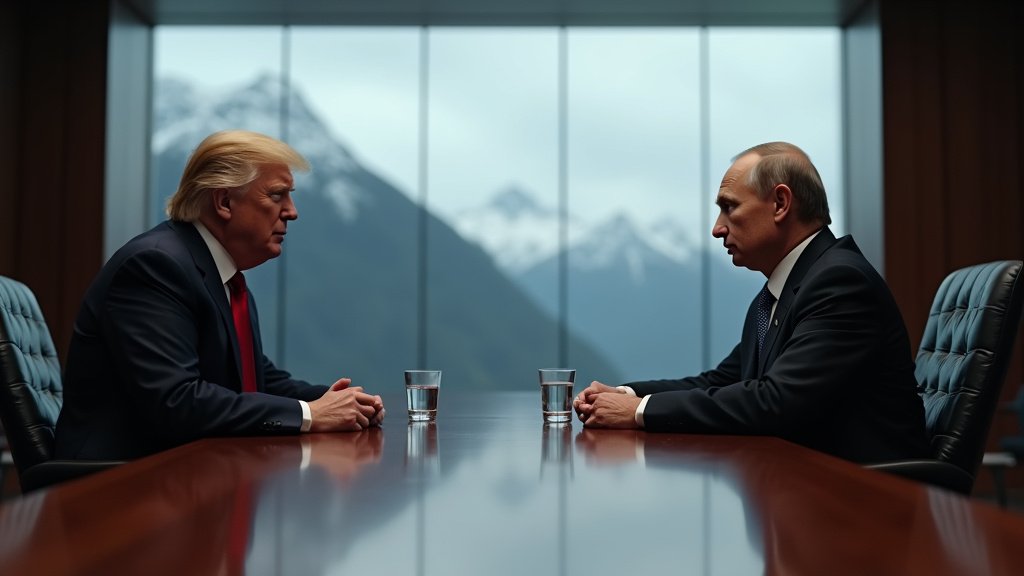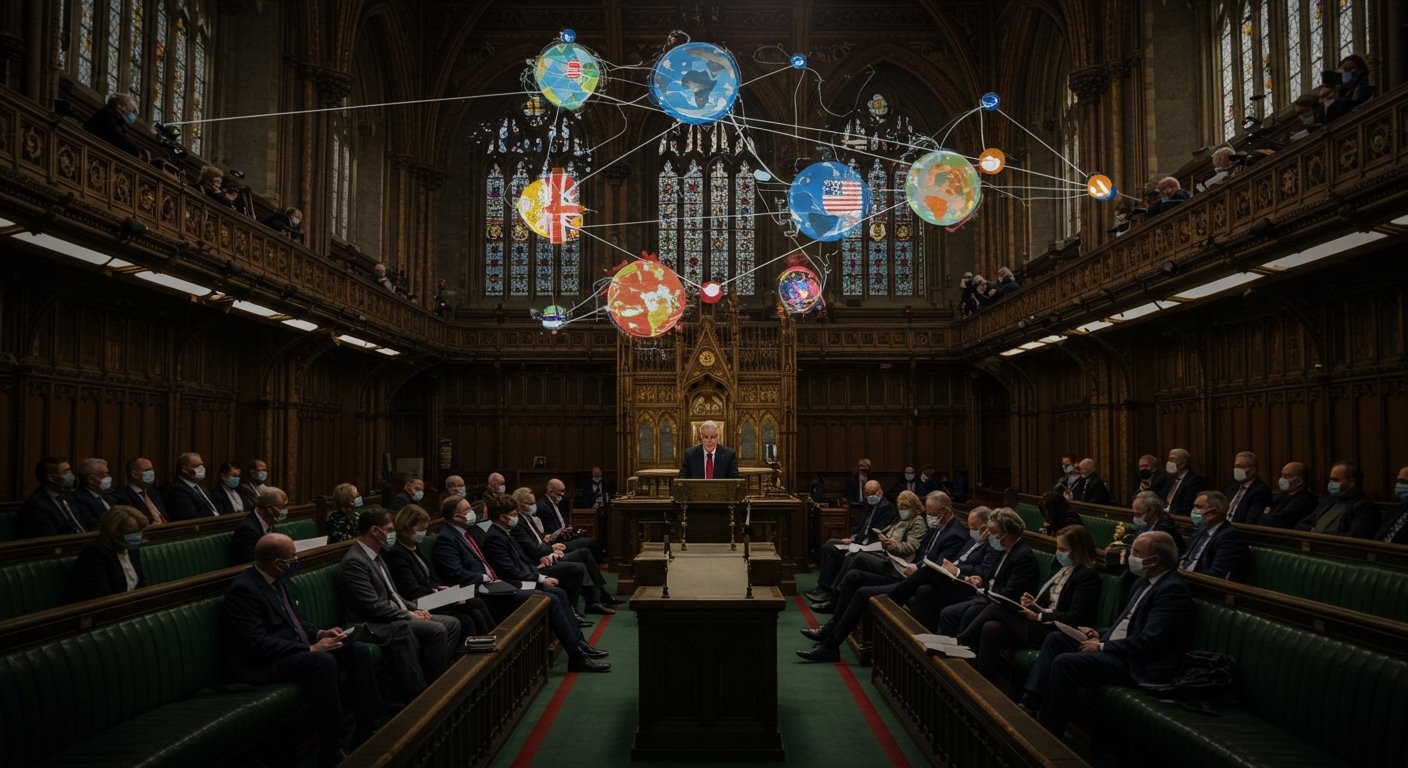A highly anticipated summit in Alaska on August 15 concluded without a definitive agreement to end Russia’s protracted war in Ukraine, leaving global observers contemplating the path forward for one of the world’s most pressing conflicts. Presidents Donald Trump and Vladimir Putin, after extensive face-to-face discussions, were unable to bridge the significant gaps necessary for a ceasefire, a development that quickly became a top trending news item across international wires.
High-Stakes Alaska Talks
The remote, strategic locale of Alaska served as the neutral ground for the intense diplomatic engagement on August 15, drawing immense international scrutiny. The discussions between President Trump and President Putin spanned many hours, reportedly covering a vast array of bilateral and global issues. Expectations for a tangible breakthrough on the Ukrainian conflict, however, remained tempered amidst the known complexities of the ongoing hostilities. While the specifics of their extensive talks were not immediately disclosed in full, the overarching objective for many watching was a cessation of the devastating conflict that has gripped Eastern Europe for years. The sheer fact of these high-level talks underscored the persistent international effort to de-escalate tensions and seek a lasting resolution to a conflict with far-reaching implications.
No Breakthrough on Ukraine Conflict
Despite the duration and depth of the dialogue, President Trump confirmed that the summit did not yield an agreement on how to bring Russia’s war in Ukraine to a close. This outcome underscores the deep-seated divisions and the formidable challenges inherent in negotiating peace for a conflict of such magnitude. The absence of a joint declaration or a clear roadmap for de-escalation means that the onus of halting the conflict remains a complex and multifaceted responsibility, one that continues to draw significant global attention. The lack of a decisive pact during the Alaska meeting highlights the intricate nature of the conflict and the divergent perspectives held by the key international players.
Trump Shifts Ceasefire Responsibility
In remarks following the summit, President Trump articulated his perspective on the pathway to peace, indicating that the primary responsibility for initiating a ceasefire now rests squarely with Ukrainian President Zelensky. This statement suggests a strategic shift in diplomatic emphasis, pushing for internal Ukrainian action as a prerequisite for broader resolution. Furthermore, Trump emphasized that European countries must also contribute substantially to any peace efforts, highlighting a collective responsibility that extends beyond the immediate belligerents. This call for broader European engagement reflects a desire for burden-sharing in the extensive and intricate process of securing lasting stability in the region, suggesting a need for a multi-faceted approach to achieving peace.
India Commends Diplomatic Progress
Amidst the complex immediate outcome, one notable international reaction came from India. The South Asian nation, a significant player on the global stage, commended both President Trump and President Putin for their unwavering commitment to peace, expressing particular appreciation for their dedication to dialogue and diplomacy as the indispensable tools for conflict resolution. India’s statement acknowledged that despite the absence of a comprehensive agreement, significant progress was indeed made during the summit. This perspective offers a nuanced view, suggesting that while a full resolution remains elusive, the very act of high-level engagement and the sustained pursuit of diplomatic channels constitute a step forward in the enduring quest for peace. This official endorsement from India provides a vital international perspective on the value of continued diplomatic engagement.
The Alaska summit, while failing to deliver an immediate end to the conflict, nevertheless served as a crucial platform for direct engagement between two of the world’s most powerful leaders. The ongoing pursuit of peace in Ukraine, now explicitly tied to actions by President Zelensky and contributions from European countries, remains a pressing concern for the international community. As the world watches for further developments, the emphasis on dialogue and diplomacy, even in the face of persistent challenges, continues to be highlighted as the only viable path forward for resolving this critical global issue.




